Hakone or Kawaguchiko: Which Japanese Resort Town Is Better?
8 min readI get it: You want to see Mount Fuji, right? And you are wondering which place to visit, Hakone or Fujikawaguchiko? Like you, I was wondering exactly the same thing...
The post Hakone or Kawaguchiko: Which Japanese Resort Town Is Better? appeared first on Bucketlist Bri.
I get it: You want to see Mount Fuji, right? And you are wondering which place to visit, Hakone or Fujikawaguchiko?
Like you, I was wondering exactly the same thing when I set out to visit both resort towns on a week-long trip from Tokyo.
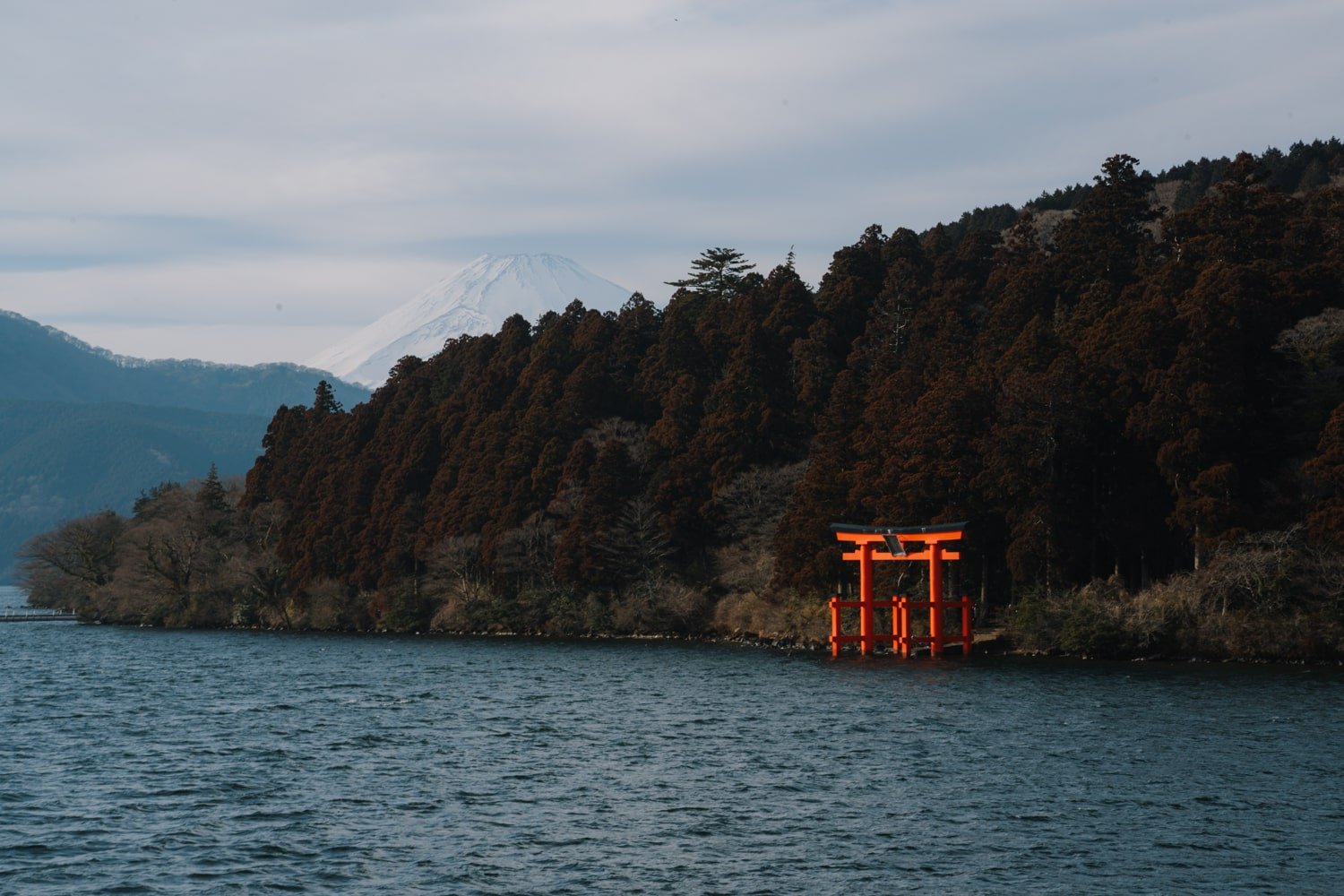
Disclaimer: This post may contain affiliate links which means I may earn a commission for bookings (at no extra cost to you). Thanks so much for your support!
If you don’t have time (or the budget) to visit Hakone and Kawaguchiko, both set within Fuji-Hakone-Izu National Park, then make the most of visiting just one!
You can experience the region’s famous hot springs (onsens) in both locations and get different viewpoints of the iconic Mt. Fuji-san. However, the two destinations have their own unique personalities, amenities, transportation networks, and attractions.

In this guide, I will share an in-depth look into Hakone versus Kawaguchiko by comparing their hotels, things to do, convenience, and overall vibe.
By the end of this post, you will know exactly which coveted destination is right for you!
Read more below to discover which of these two Japanese resort towns is best for your trip—Hakone or Kawaguchiko? The match-off starts NOW!!
show
Hakone vs Fuji Five Lakes — Which Should You Choose?
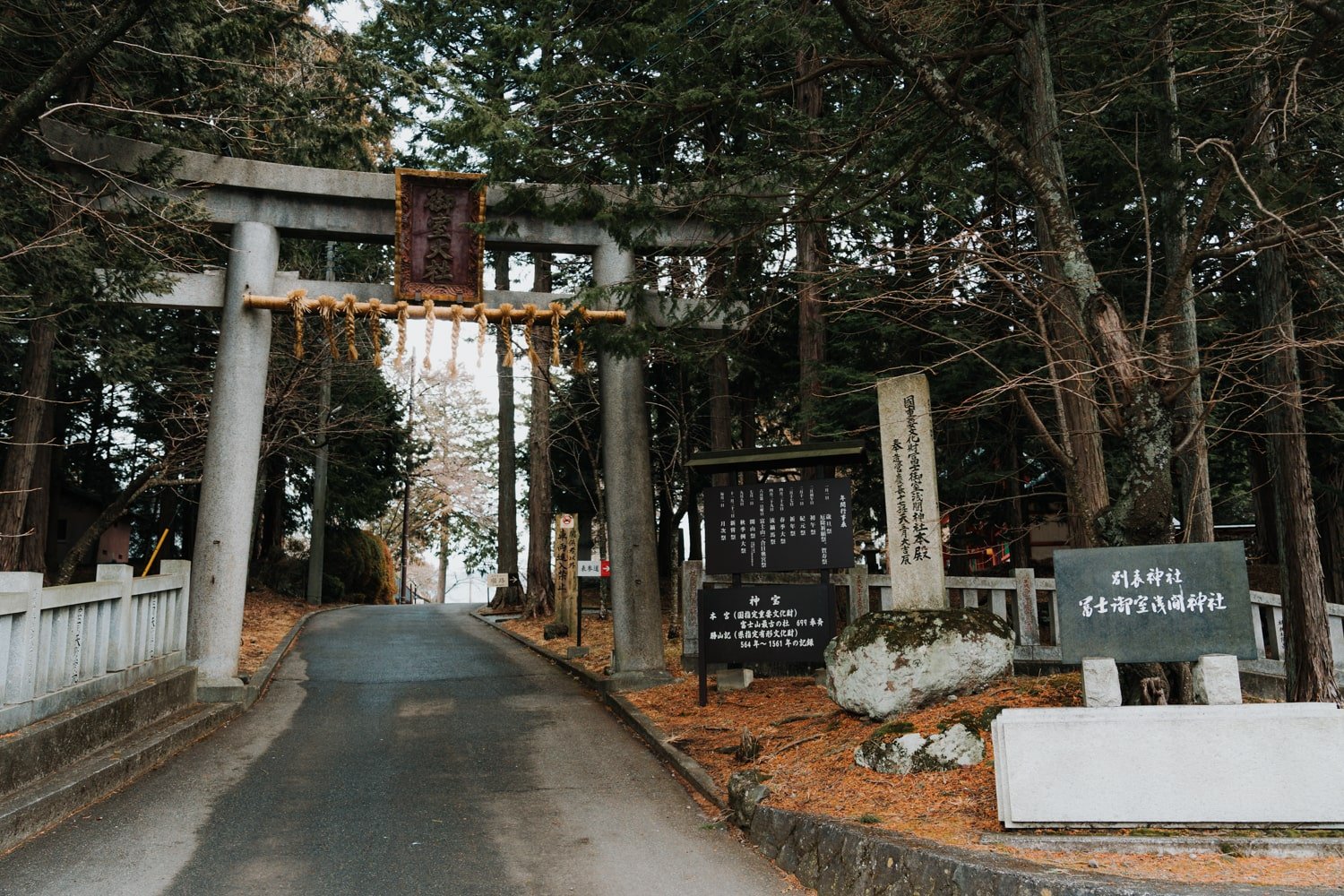
Before we get into the nitty-gritty details of each destination, you should consider your intention and what you want to get out of this trip.
- Do you primarily want to see Mt. Fuji?
- Do you prefer outdoor activities vs cultural ones?
- Will you be traveling as a family, couple, or solo?
- What time of year will you be visiting?
Answering these types of questions first will greatly help you decide once you get a better understanding of the two destinations in this guide.
Tip: It’s good to know that Hakone and Fujikawaguchiko are not easy to visit together on a one-way from Tokyo, but it’s not impossible. It’s just not very convenient if you don’t have your own car, as it takes 2.5 hours by bus from Hakone to reach Fujikawaguchiko in the Fuji Five Lakes area.
Also Read:
I spent three nights in Hakone and three nights in Kawaguchiko (actually, I left after two nights due to bad weather and my schedule, but I had booked for three!).
Now, let’s look at Hakone and Kawaguchiko’s activities side by side.
Things to Do in Hakone vs. Kawaguchiko
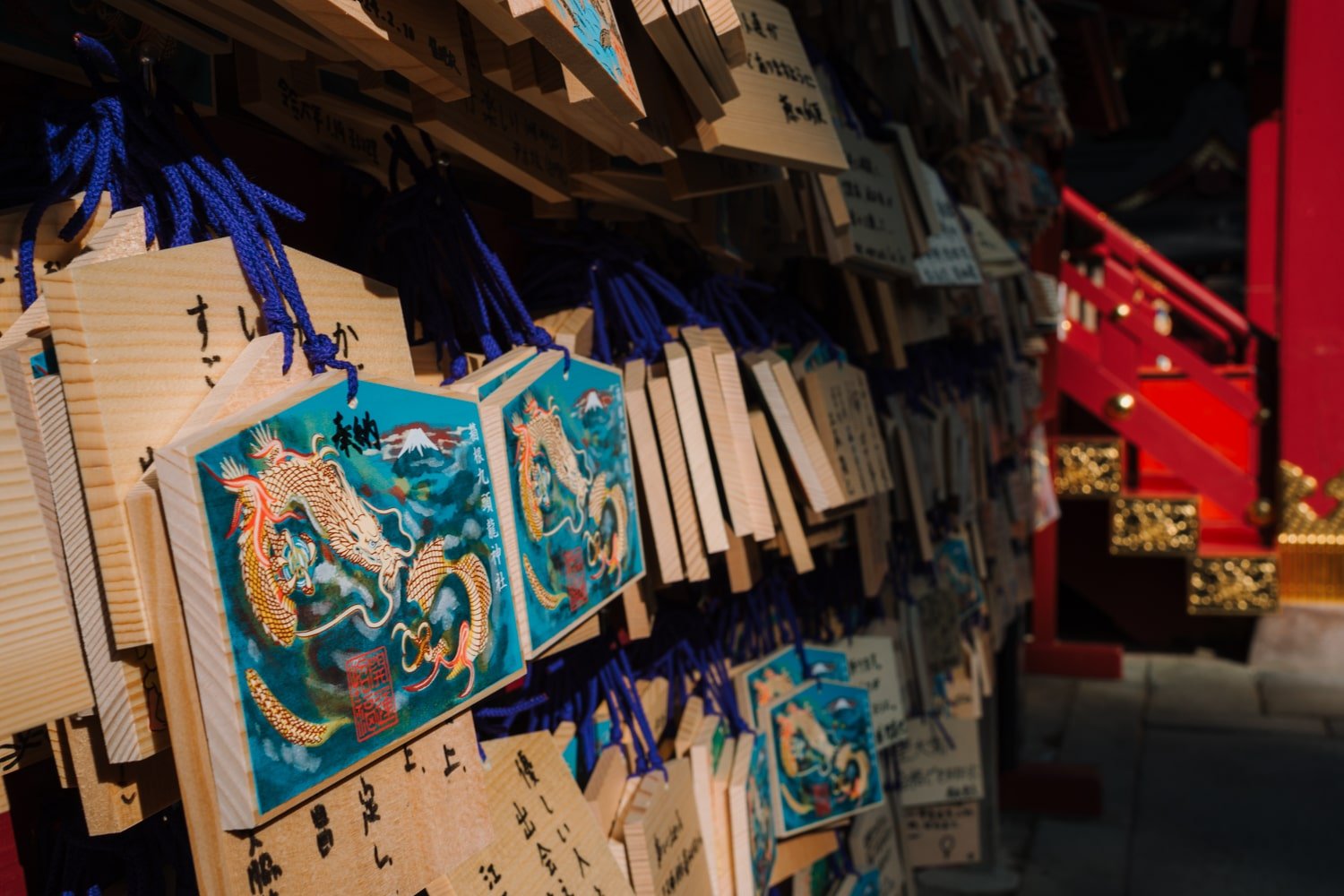
To Do in Hakone
Between the onsens, museums, hikes, and different small towns, there are many fabulous things to do in Hakone.
The biggest draw is the region’s hot springs and natural beauty.
Hakone has forests, mountains, hot springs, and even a volcanic sulfur valley in which they boil eggs to make the famous Owakudani black eggs!
The hot springs are still a must-do even in summer, but they are even more satisfying during winter in Hakone.
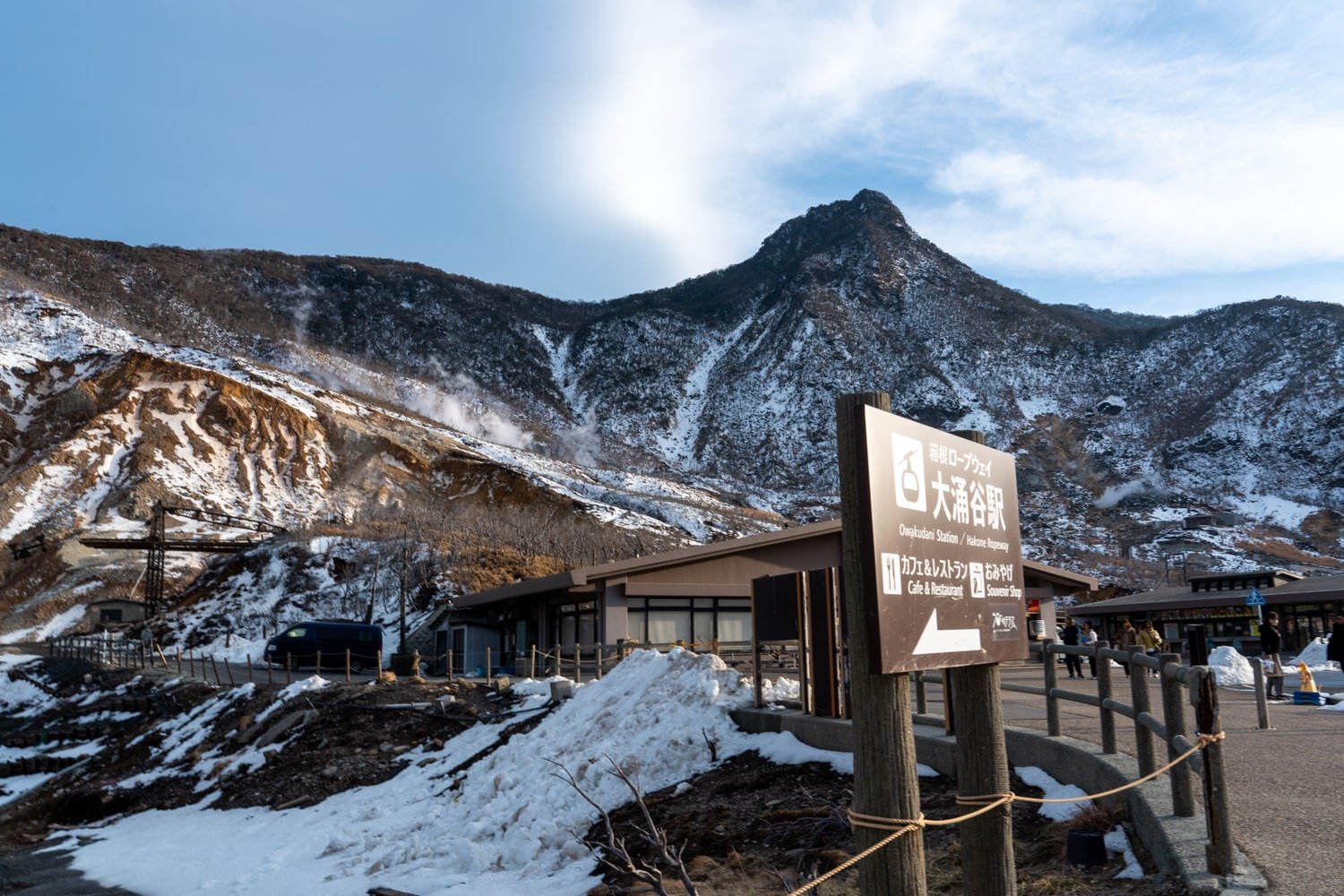
As for viewing Mt. Fuji, you can see it from various locations in Hakone: on a hike up to the summit of Mount Kintoki, on the Lake Ashinoko boat cruise, from the Mishima Skywalk, and at Owakudani Station.
The next reason to visit Hakone, I’d say, is due to the area’s cultural richness.
You have multiple museums, such as the sprawling Hakone Open-Air Museum, plus historical sites, such as the Hakone Shrine (787 AD), the 400-year-old Amazake-Chaya Teahouse, and the Hakone Checkpoint (which is Japan’s best-preserved Edo military checkpoint), that will add depth and variety to your Hakone itinerary.
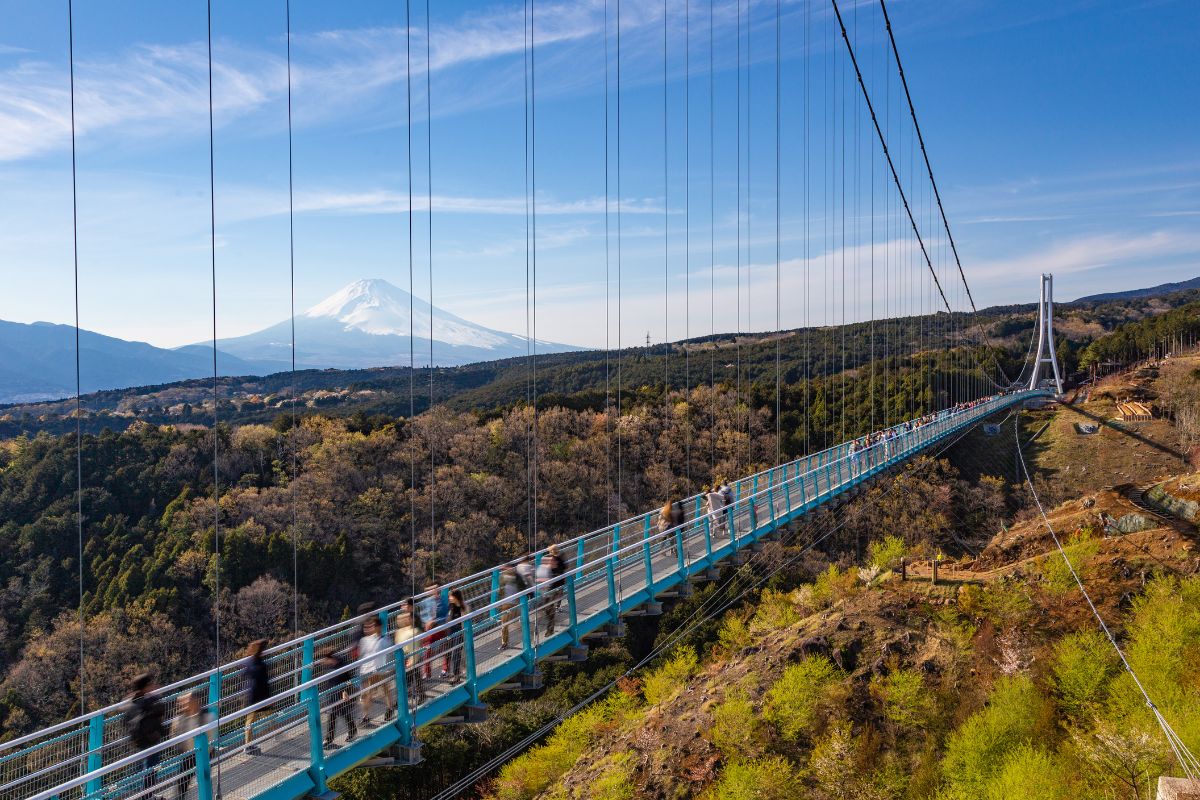
To Do in Kawaguchiko
Kawaguchiko’s natural beauty, on the other hand, is more spread out, with its crown jewel being none other than Mt. Fuji itself.
As its name suggests, the Fuji Five Lakes area is home to five lakes that flank the northern foothills of Fuji-san. In and around these lakes are multiple towns.
The principal city is Fujiyoshida, sandwiched between Fujikawaguchiko and Lake Yamanakako.
Kawaguchiko, of the five lakes, is the most developed, so it is the base from which most travelers explore the Five Lakes area.
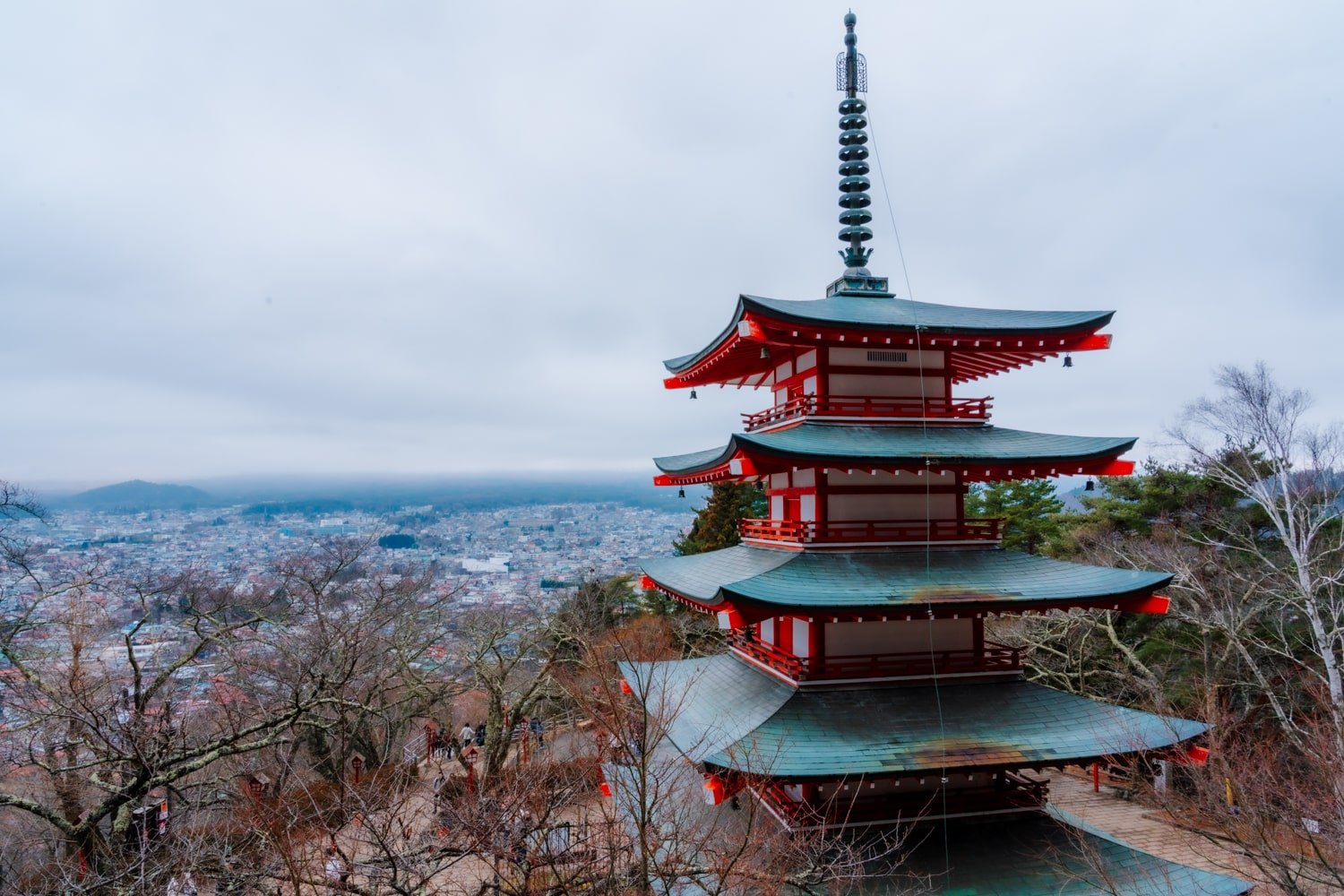
It’s similar to Hakone-Yumoto in that the main station serving Hakone is in Yumoto, while the main station for the Fuji Five Lakes region is in Fujikawaguchiko.
You can hike around Fuji and the lake towns in the summer or ski on its snowy slopes at Fujiten Snow Resort in winter. There are also ropeways, museums, and parks, similar to Hakone, but you will need to pick and choose as you won’t be able to do it all.
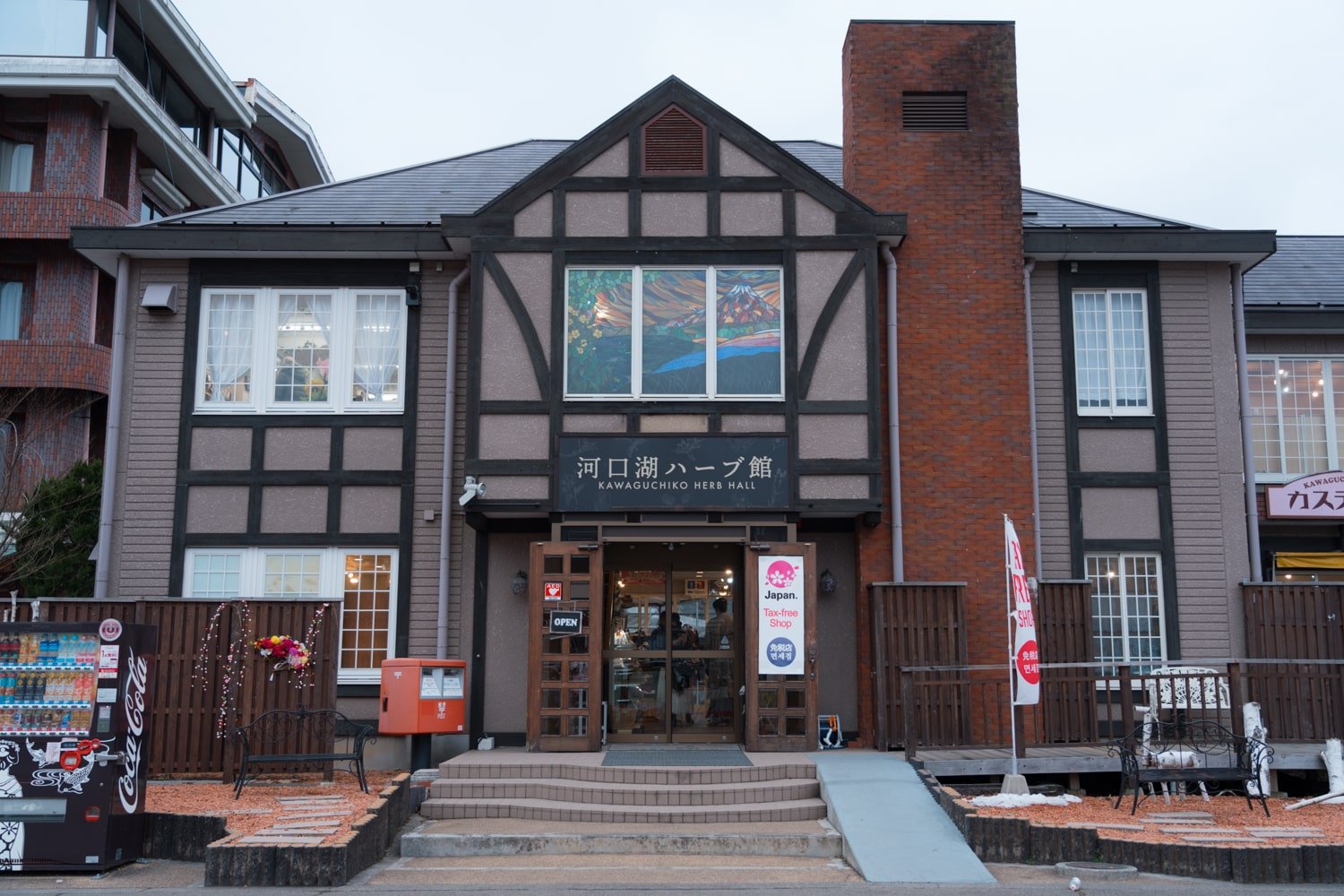
My Kawaguchiko 2-day itinerary highlights the best things to do on and off the beaten path.
This category has no clear winner, as both destinations are full of activities and attractions for all ages and interests!
Hakone Ryokans vs Kawaguchiko Hotels
As for accommodation, you will be spoilt for choice in both Hakone and Kawaguchiko.
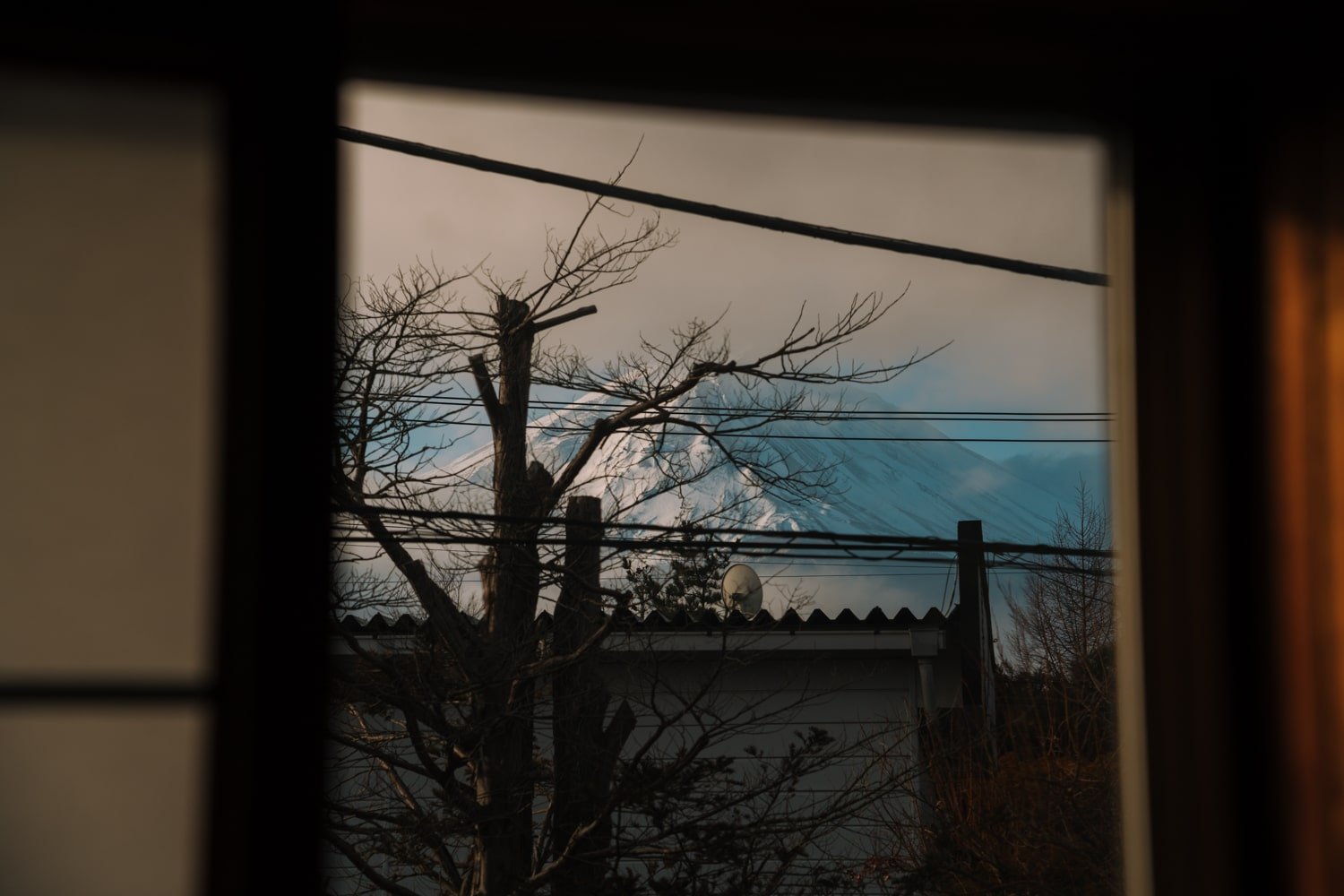
From what I experienced and researched, however, Hakone has many more traditional Japanese ryokan inns than Fujikawaguchiko, which features more modern hotels and ryokans—at least in the town.
Read more: The Best Towns & Ryokans to Stay in Hakone
If you have a car and wish to venture beyond the town and lakeshore, you will find a host of forest villas and glamping sites around Kawaguchiko.
I felt Hakone had more budget-friendly options than Kawaguchiko, too. I snagged a bunkbed in Hakone for $30/night at Guesthouse Azito.
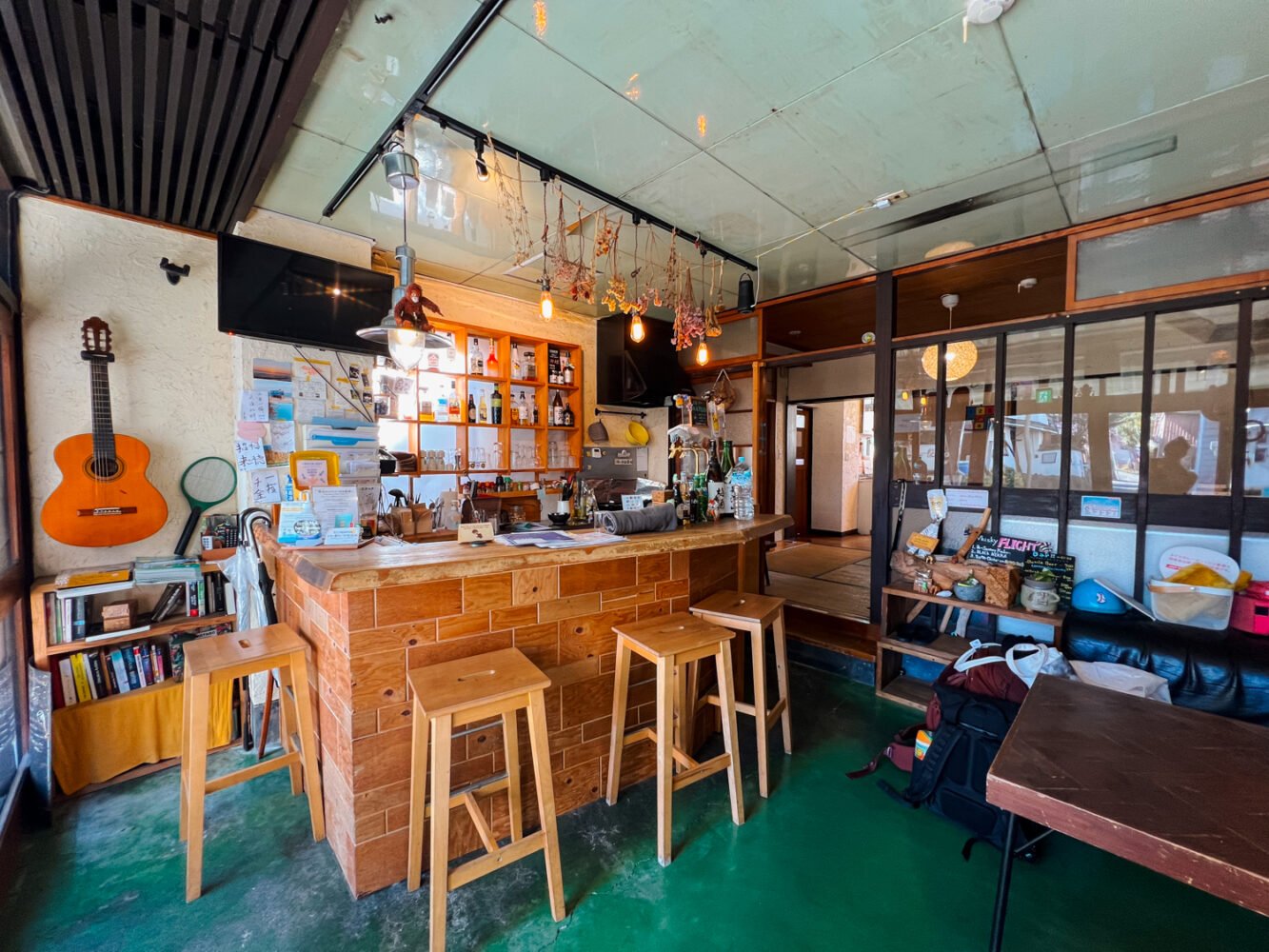
In Kawaguchiko, hardly anything worth booking was under $60-80.
Since lodging preferences are so subjective, I will just add that I felt Hakone offered more in terms of price/value. Fuji, unsurprisingly, was so expensive, but I suppose that’s to be expected as it’s one of Japan’s number one travel destinations.
Hakone or Kawaguchiko for Mt. Fuji Views
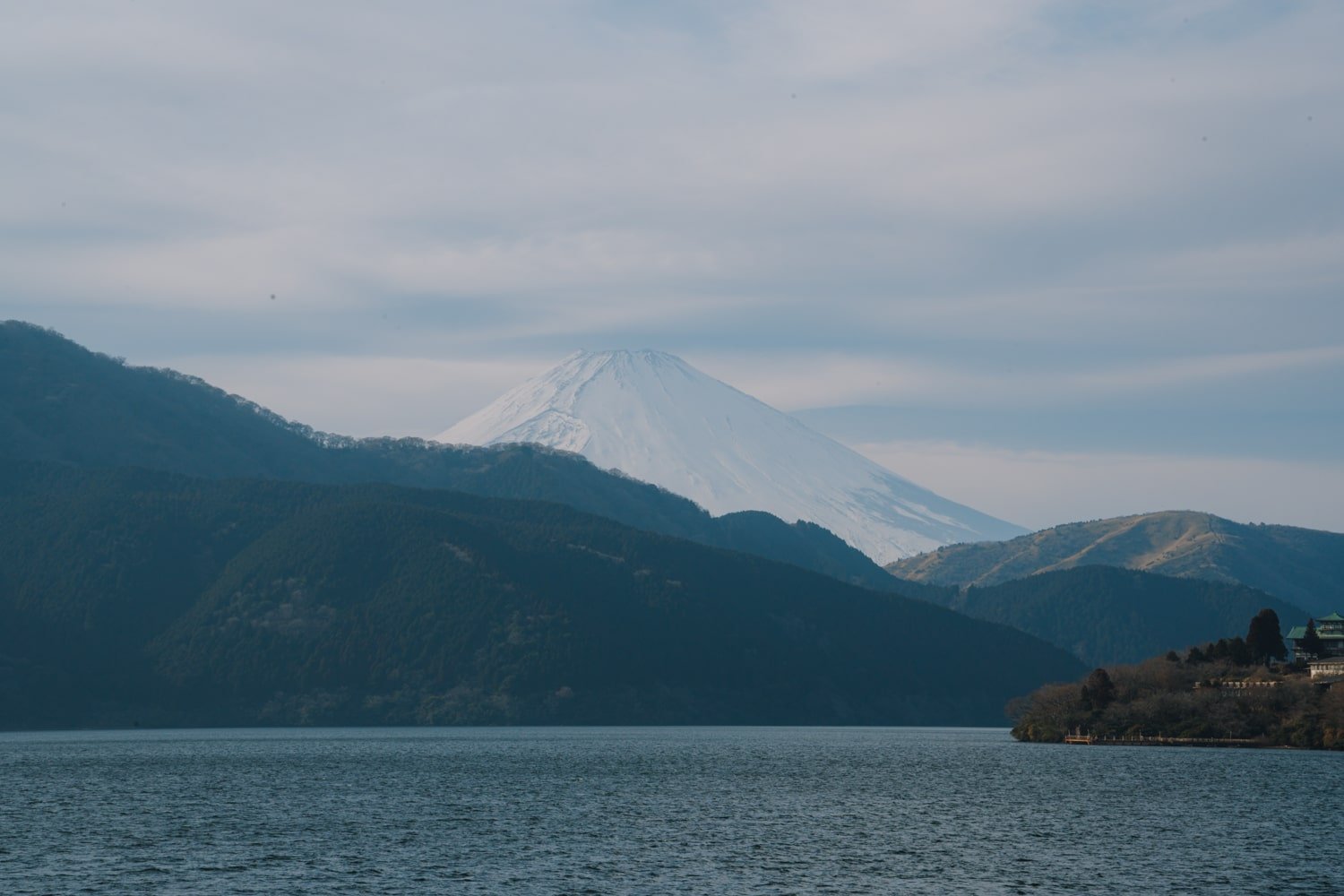
If you are traveling primarily to the Yamanashi Prefecture to see Mt. Fuji, you will technically get closer to it in Kawaguchiko than in Hakone.
Fujikawaguchiko sits at the foothills of Mt. Fuji, so this resort town is the obvious choice if you want those stunning lake reflections of Mt. Fuji.
However, don’t discount Hakone’s Mt. Fuji photo ops! In Hakone, you can see Mt. Fuji from:
- Lake Ashi
- Mt. Kintoki summit
- Mishima Skywalk
- Owakudani Station / Hakone Ropeway
- Observation deck at Hakone Ashinoko Narukawa Art Museum
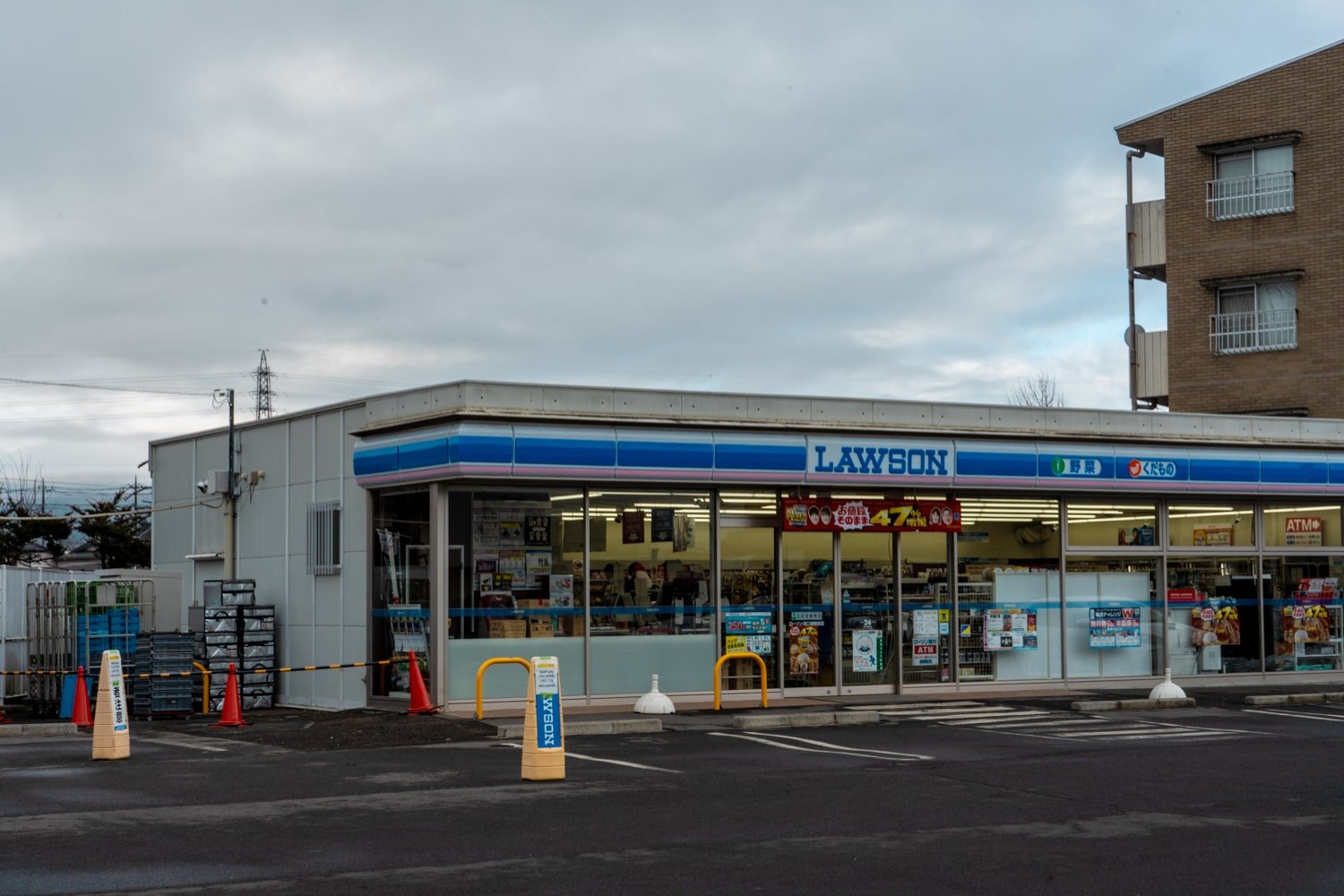
Hakone Onsens vs Kawaguchiko Onsens
Whether you end up visiting Hakone or Kawaguchiko, you need to experience an onsen (natural hot spring).
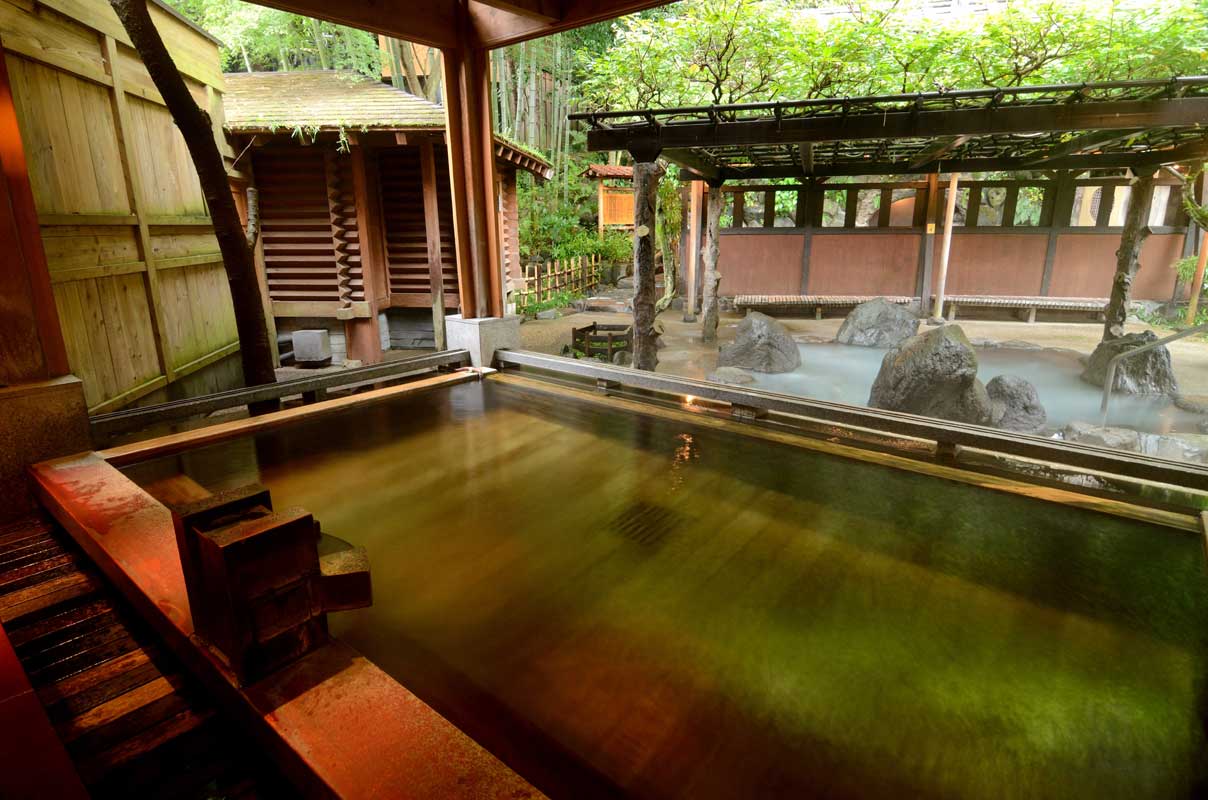
Hakone, in my opinion, is better for onsens.
You can access several hotel-owned onsens even as a non-guest in both destinations, but the ones in Hakone are much more diverse, beautiful, and easy to reach.
I went to Tenzan Onsen, a tattoo-friendly onsen in Hakone, and I loved it. The baths were beautiful and exactly what you’d expect from a traditional Japanese onsen.
The onsens in the Fuji Five Lakes are more spread out, expensive, and crowded. The one in downtown Fujikawaguchio (Kayiun no Yu at the Royal Hotel) didn’t even come close to the beauty of Tenzan.
Getting Around: Hakone vs Kawaguchiko
Since the two towns are so popular, Japan has developed an extensive public transportation system to accommodate the influx of tourists.
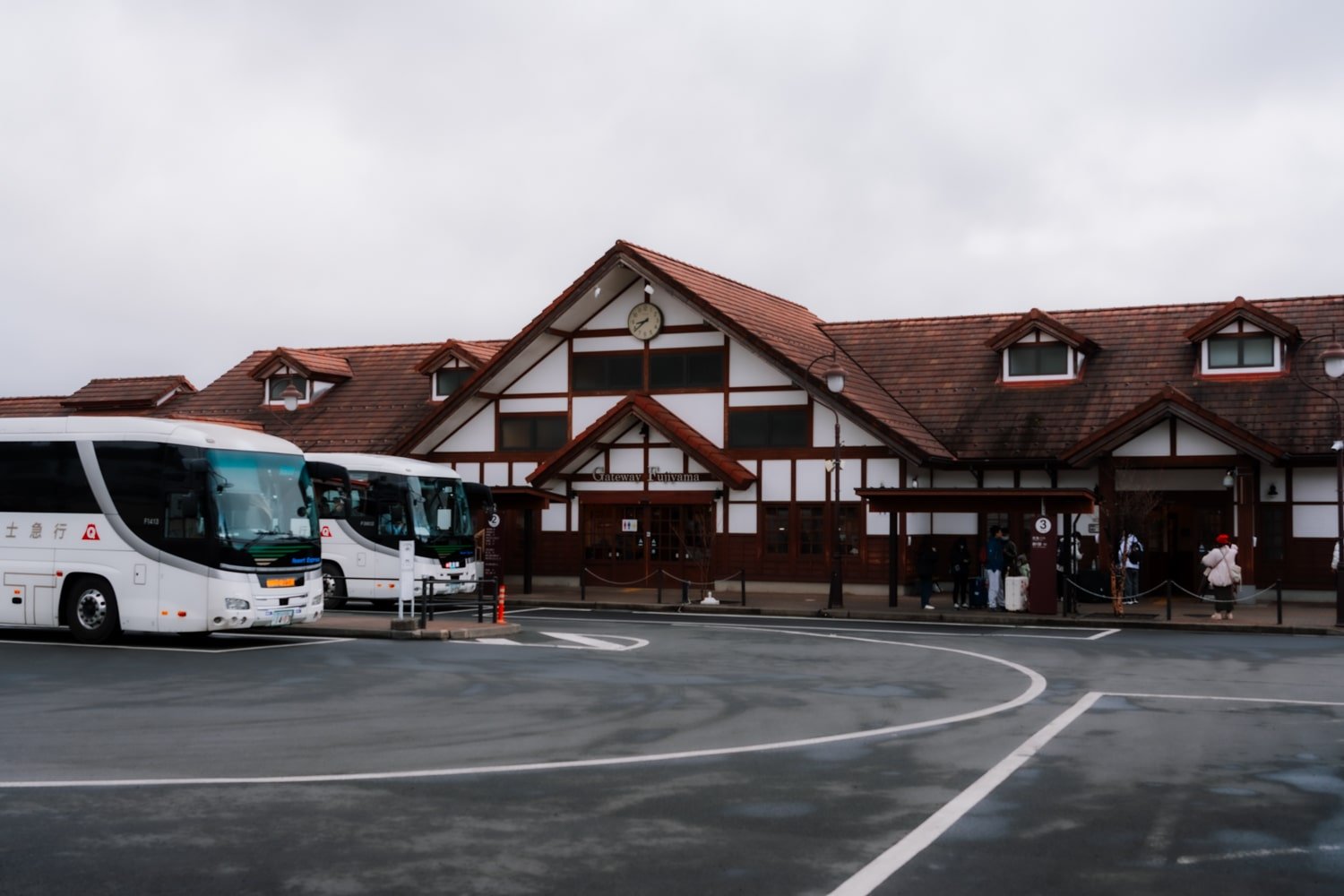
However, both networks can be quite confusing to the first-time visitor.
For Hakone, you have the Hakone Freepass, which allows unlimited use of the trains and buses around Hakone.
You’ll also get “free” unlimited access to the Lake Ashinoko boat cruise, the Hakone Ropeway, and cable car to visit Owakudani sulfur valley, the Hakone Shrine, Lake Ashi, and Gora.
Similarly, you can get the Mt. Fuji Pass for Kawaguchiko and the Fuji Five Lakes Area, which includes all your transport to main activities and places to visit (with a few exceptions).
There are three color-coded bus lines to help get you from Kawaguchiko to most of the attractions, including Fujiyoshida, the Mt. Fuji Panoramic Ropeway, Ice and Wind Caves, Saiko Nenba village, and Oishi Park/Kawaguchiko Living Center.
Since parking in the towns is very limited and expensive, these passes give greater convenience (but not flexibility/freedom to drive wherever you want, when you want).
Also Read: Is the Hakone Freepass worth it?
Other Notes to Help Pick Between Hakone or Kawaguchiko
Crowds
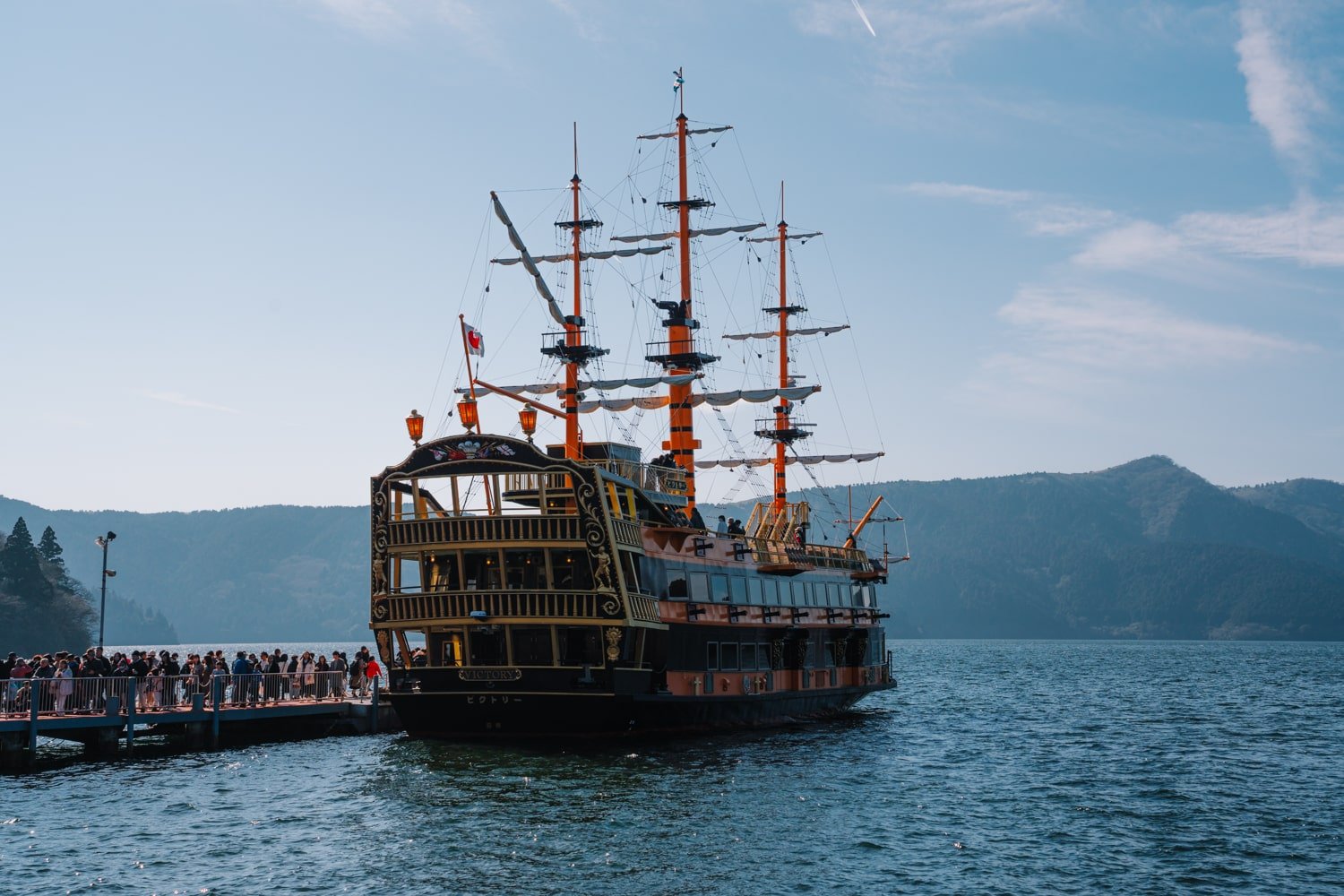
You can expect crowds in Fujikawaguchiko and Hakone year-round, but this doesn’t mean you won’t enjoy your time.
If you side-step the more popular places to visit (e.g., Chureito Pagoda near Fujiyoshida or Lake Ashi cruise in Hakone), you can experience these destinations away from the crowds.
On my hike up to Mt. Kintoki summit, for example, I only saw about ten other hikers!
And in Kawaguchiko, as soon as I got on my bike and left the town, there was hardly a soul in sight.
I much preferred the tranquility and silence touring the Fuji Hongou Sengen Shrine (Fuji’s oldest shrine!) than the buzzing crowds all clambering to catch a photo of the Chureito Pagoda or the Lawson store—without Fuji even being visible!
Restaurants & Shops
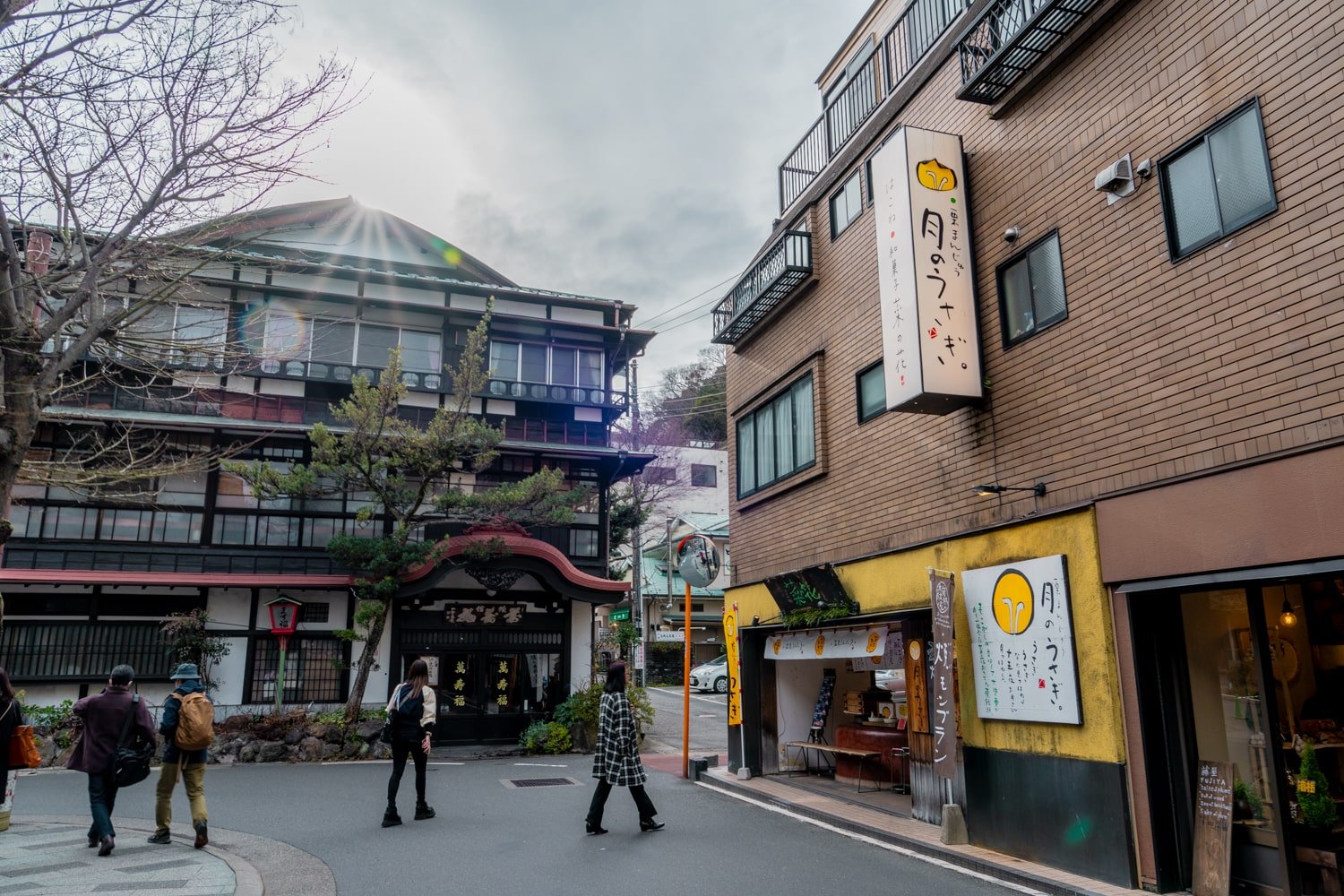
For shopping and restaurant options, I preferred Hakone—particularly Yumoto town.
In Hakone, you can try regional specialties such as the Hakone black egg, “hot spring-stamped” spongecakes, Hakone yam soba, and tofu skin.
In contrast, Kawaguchiko is much bigger and spread out. If you walk beyond downtown, you will find yourself in residential areas without many shopping and dining options.
That said, I did find a few hidden gems while exploring Fujikawaguchiko! I also got to try the local hoto noodles, a local udon dish of the Yamanashi Prefecture.
My recommendations:
- Mansai (izakaya)
- Gris (coffee + pastry shop by the lake)
- Cisco (coffee + brunch)
Prices
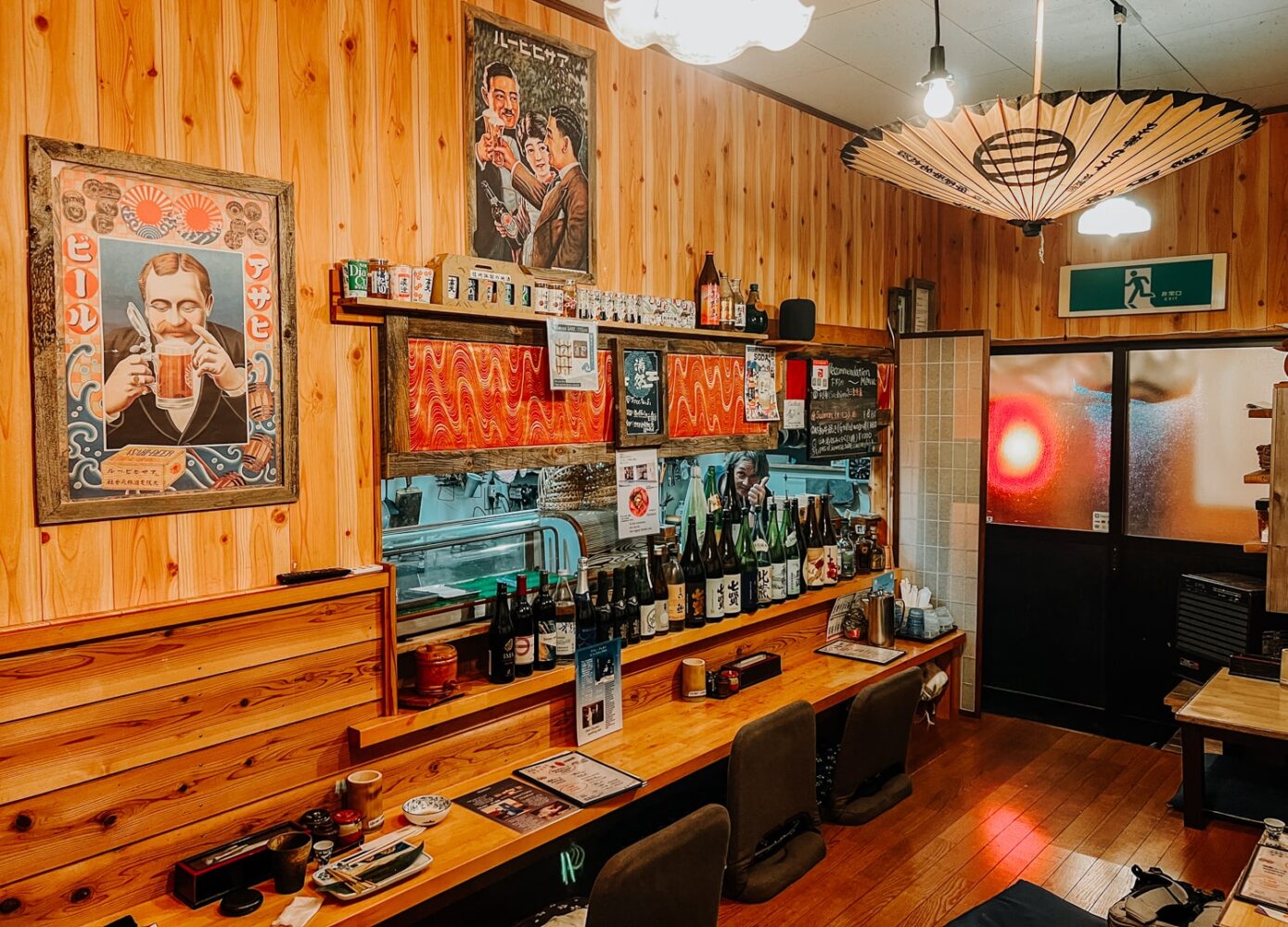
Finally, if budget is your concern, you won’t really see a big difference in prices between the two destinations. Food, activities, and shopping is more or less the same.
Mostly, I felt that accommodation was more expensive around Fuji, but that’s also based on personal experience! Hakone has just as luxurious (if not more luxurious) ryokan inns as Kawaguchiko.
Hakone offers a smaller, perhaps more intimate experience over Kawaguchiko, which feels more spacious and spread out.
I can’t ultimately designate one as being “better” than the other, but I will say I felt like there were more hidden nooks and history to discover in Hakone as a solo traveler rather than in Kawaguchiko, which felt more like a family vacation spot.
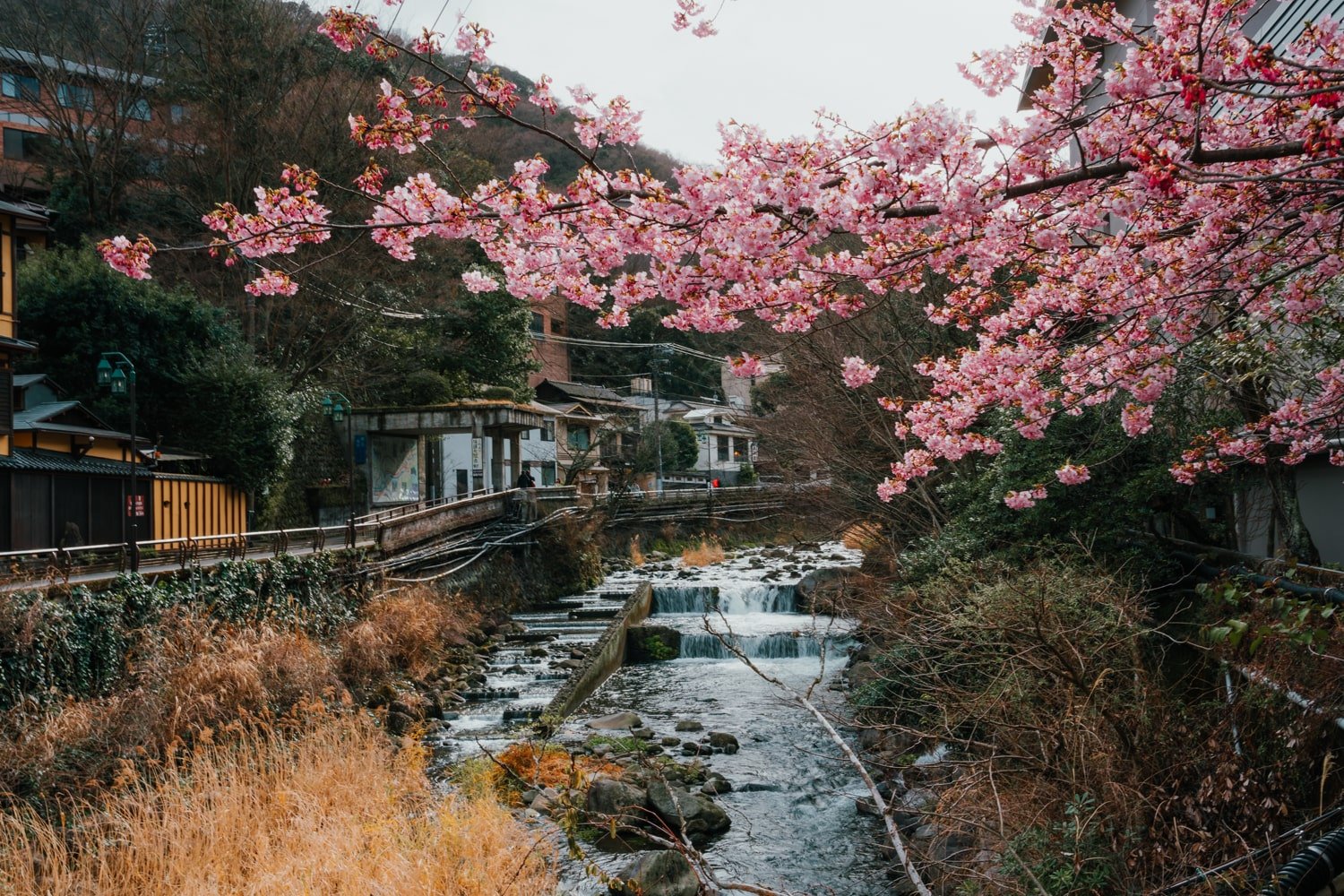
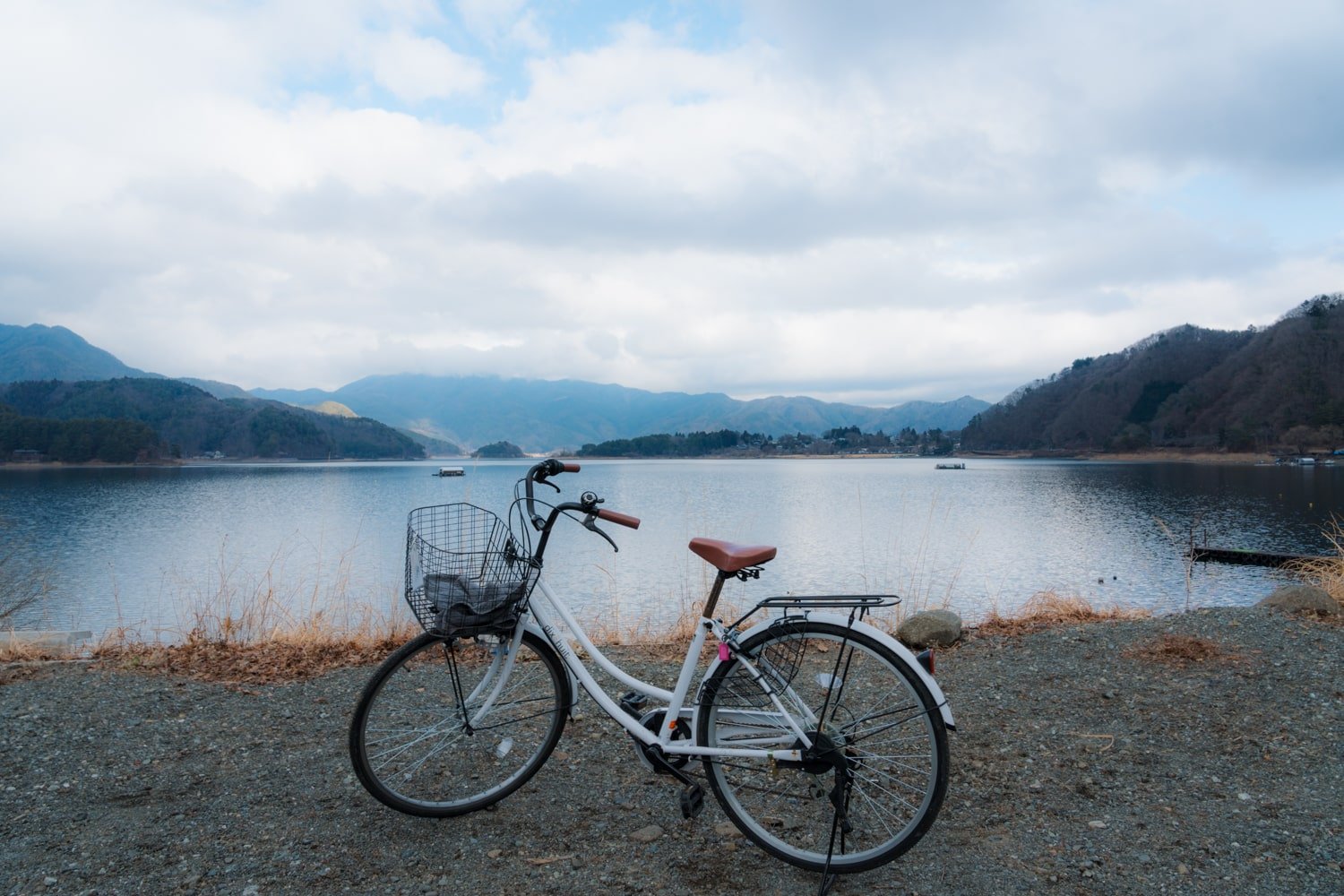
I hope this guide helps you better understand Hakone vs Kawaguchiko!
Still unsure which destination is right for your trip? Drop me a comment about your travel plans, and I’ll get back to you!


